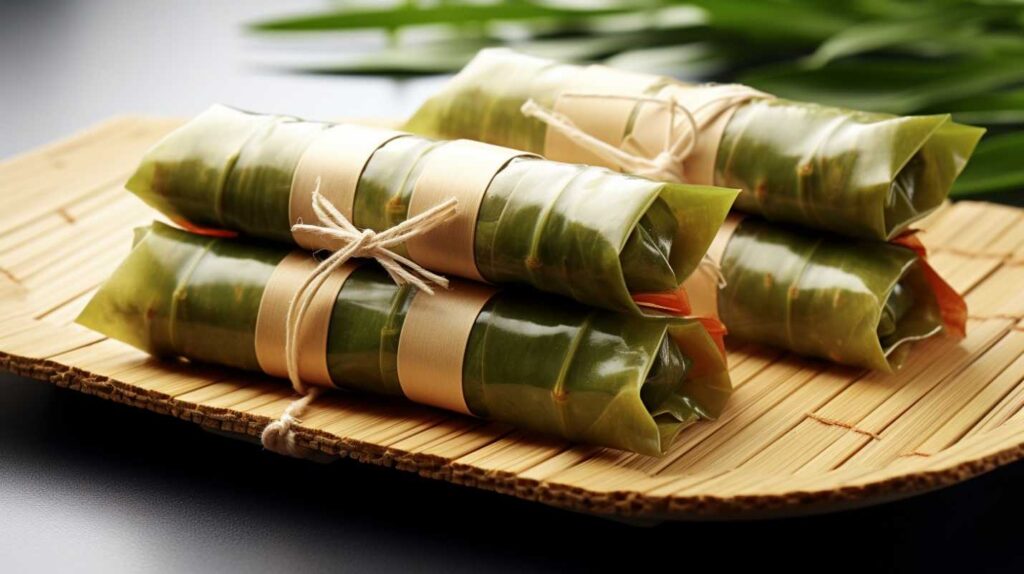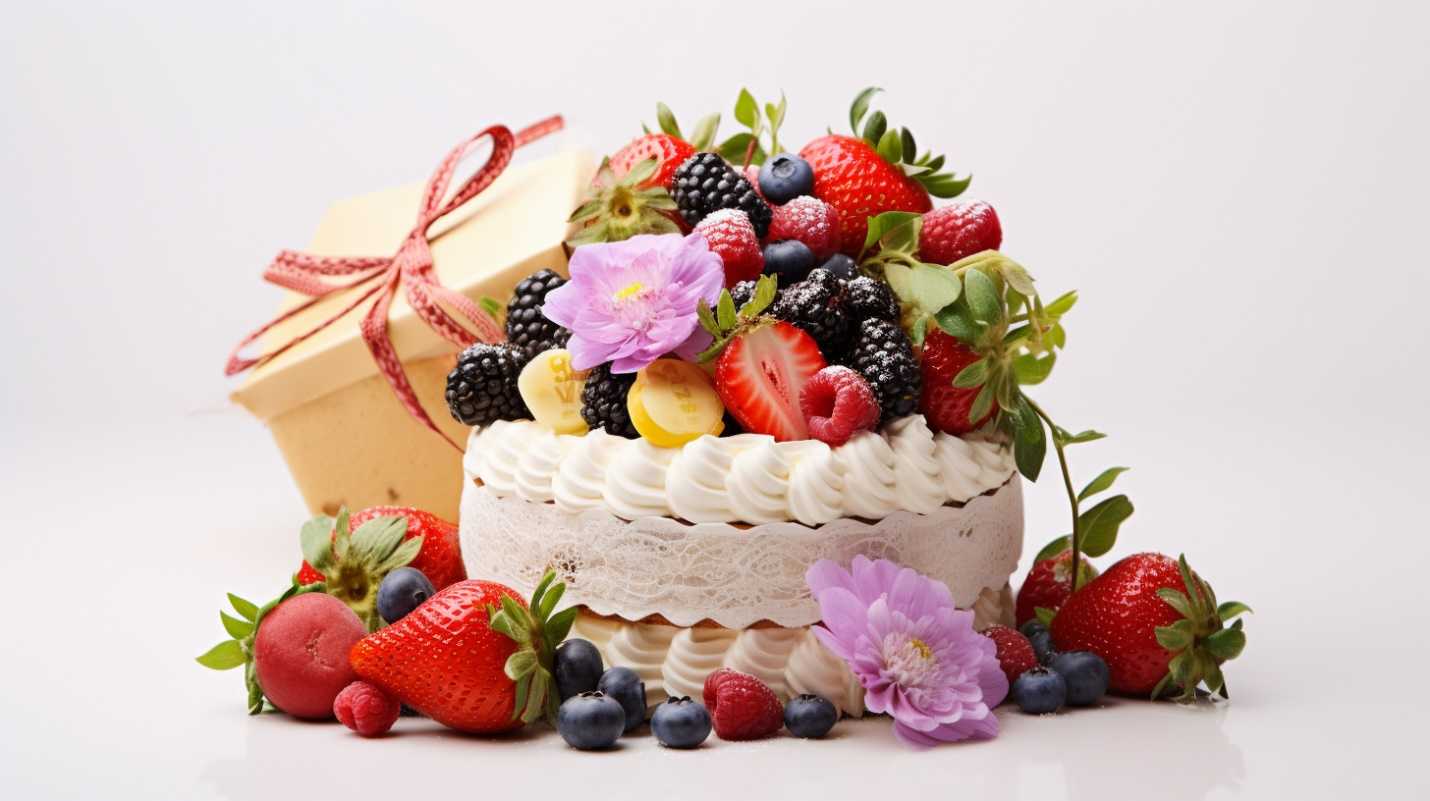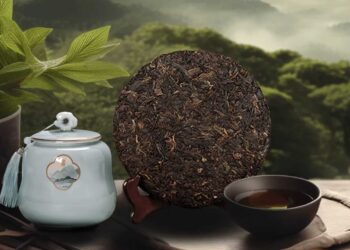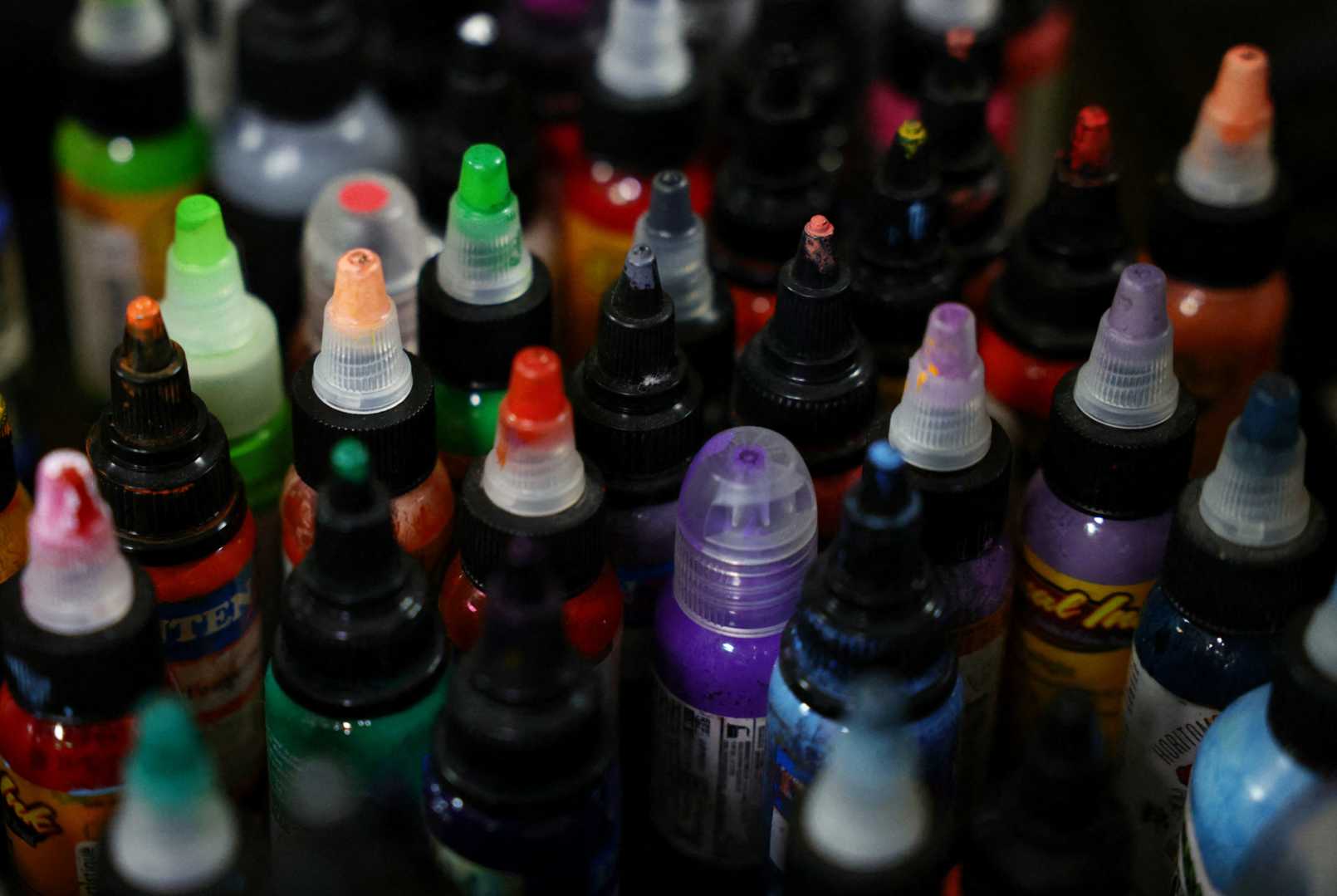Consumers are now more conscious of the amount of plastic and boxes that they are throwing away. This is why more sustainable packaging is being preferred because they are environment-friendly and easier to recycle. See more about recycling on this site here.
Aside from government policies, selecting the right materials for food packaging is now important. Whether it’s for drinks, food, medications, or cosmetic products, the world is now aware that most of the wrappers are going into landfills. It gets worse as years go by when most of them are used for a brief moment and discarded for centuries to come. In essence, single-use materials are hazards, and they seep into the soil and flow into the ocean.
Most countries are unable to handle too much trash, and with many people increasingly becoming obsessed with convenience, take-out food, grocery services, and meal kits, this can generate a lot of greenhouse gas in a single plastic’s lifecycle alone.
Fortunately, a lot of companies are taking notice, and you might even find knives made from cardboard that can cut smoothly through butter. In addition to this, you’ll find sites like https://www.hdbiopak.com/ that are dedicated to helping start-ups, established restaurants, existing bakeries, and more with their cake and pastry boxes, baking cups, and paper straws. Know that cupboard packaging is used widely in many parts of the world because they offer flexibility while reducing carbon footprint at the same time.
Other Sustainable Options that Businesses Use
1. Glass and Microwaveable Containers
Infinite recycling is available with these bottles and rectangular containers. Glass is made up of soda ash, sand, limestone, and many other raw materials that are found in nature. Cullet or recycled glass pieces are also known to be a major component used by manufacturing plants.
Natural resources are being saved as the cullet is melted at a much lower temperature, and lesser energy is required. It can also significantly decrease emissions of carbon dioxide by a few tons making their ideas to be used as bento boxes.
Start-ups should prefer lids that are free from BPA, which can have harmful side effects on the body. Snap-lock covers are also becoming popular, as well as those that were made from bamboo. Unless they are broken, these glasses can be used about three times more than plastics that people easily discard into the garbage trucks.
2. Stainless Steel
Known for its durability and recyclability, this metal is an excellent solution for reducing plastic waste in the environment. Companies are also making air-tight lids for them, and they are easier to clean so they can keep the food fresh and avoid spoilage. Their lightweight features are great for picnics and packed meals, and there’s a lesser chance of waste with these materials.
Another thing is that they are very attractive, and you can use some of the bottles to keep the bulk of your shampoo and creams. Since they have a long life, they can maintain their shiny and silvery appearance while remaining non-breakable and hygienic when you drink water or juices.
Other stuff that you can keep in your stainless containers is rice grains, flour, and the bulk of your spices which can make them last longer. See info about bamboo when you click this link: https://www.britannica.com/plant/bamboo.
3. Bamboo

One of the more elegant alternatives out there is grass like bamboo that does not have any toxins or bleach on it. Its tensile strength is greater than steel and is more durable. Aside from packaging, this material can also be converted into different products like plates, tableware, utensils, skewers, picks, cones, and cups.
It can release more than 30% more oxygen in the atmosphere, and it’s a hundred percent compostable. Considered biodegradable products, bamboo trees are more eco-friendly alternatives than using paper because they grow rapidly. It can take around three to four years for them to grow, which is faster than a decade that it takes for many wooden trees. Another benefit is that there are generally no pesticides and fertilizers that are applied to them, so they are safer around food products.
Kun components of the plant are anti-bacterial and provide a lot of benefits to the users. It doesn’t use various chemicals and processes and this bactericidal effect will mean that food tends to last longer when stored in these kinds of materials.
4. Gelatin Films
Since food packaging disposal is one of the major contributors to ecological waste worldwide, a lot of people are continuing their work in developing a material that can package beef in the form of hamburgers. The addition of nano clay extended the shelf life of the food products thanks to the latter’s antioxidant and anti-microbial features.
According to the FDA, gelatin is a great alternative because it’s cost-effective and it has a naturally non-toxic property. It’s built and filled with anti-microbial cellulose that can prevent foodborne diseases from E. coli and Staphylococcus aureus, which you can read more info on this webpage here.
Avoiding the Use of Many Plastics
Conventional ones that many people are familiar with may use fillers, stabilizers, plasticizers, and flame retardants that are not biodegradable. Even if decades have passed, you won’t find them decomposing opposite the natural substances.
As a business, it’s best to avoid single-use plastics like straws, Styrofoam cups, beverage bottles, and plastic bags. Coastal areas and many oceans are becoming the dumping site of many of these, and the accumulated debris is now becoming apparent in the Pacific.
Plastics with bisphenol-A, which were an important component in polyvinyl chloride should be avoided at all costs. Cut down on single-use straws and sell metal ones as alternatives for customers. Filters installed at the faucets can significantly reduce water bottle use, and skipping out those utensils and encouraging customers to use their spoons and forks can also help with the reduction of garbage.
Companies may specialize in stand-up pouches that are specially designed to house snacks, while plant-based and compostable materials in packaging can be used in gummy vitamins, tofu, and veggie sausages.











